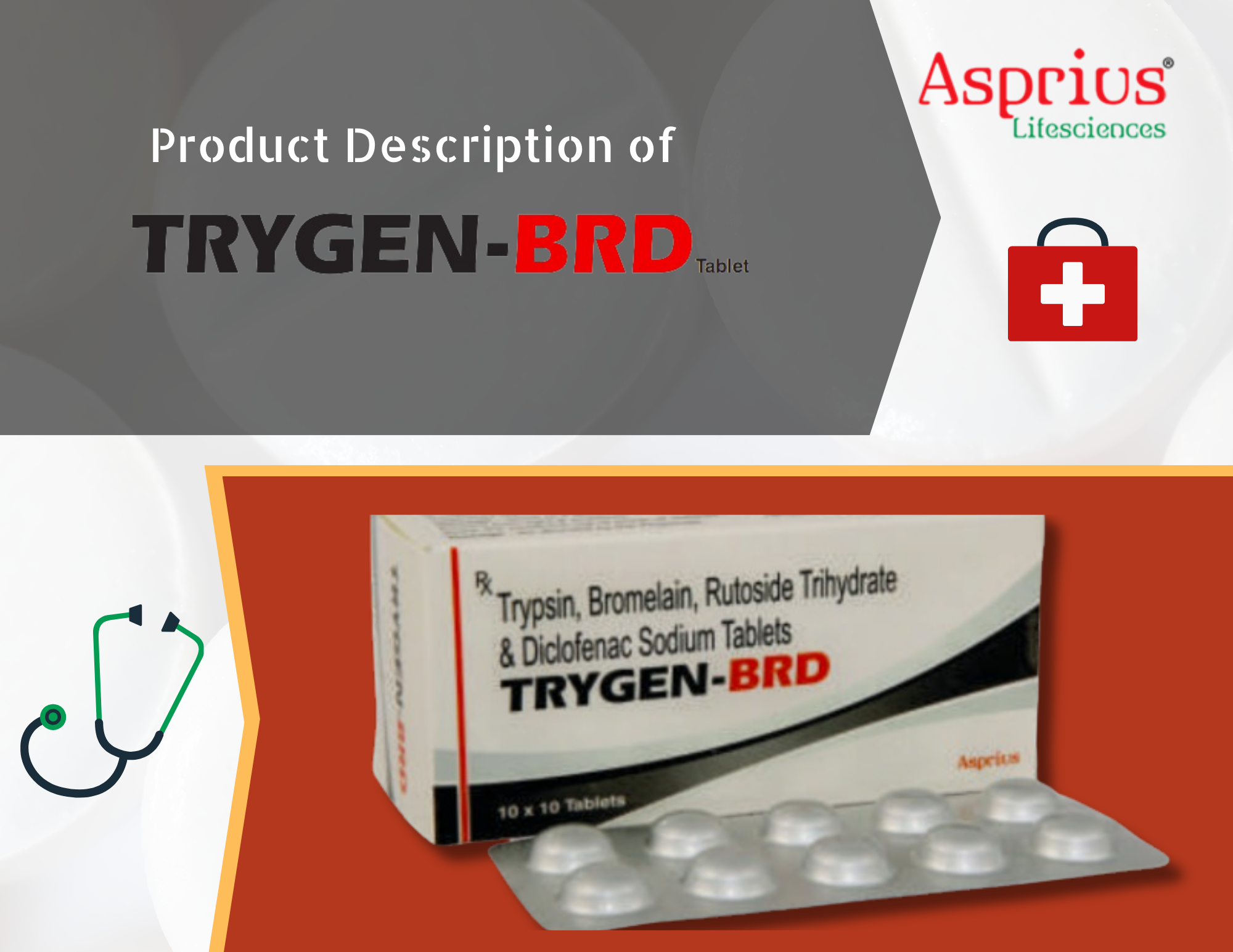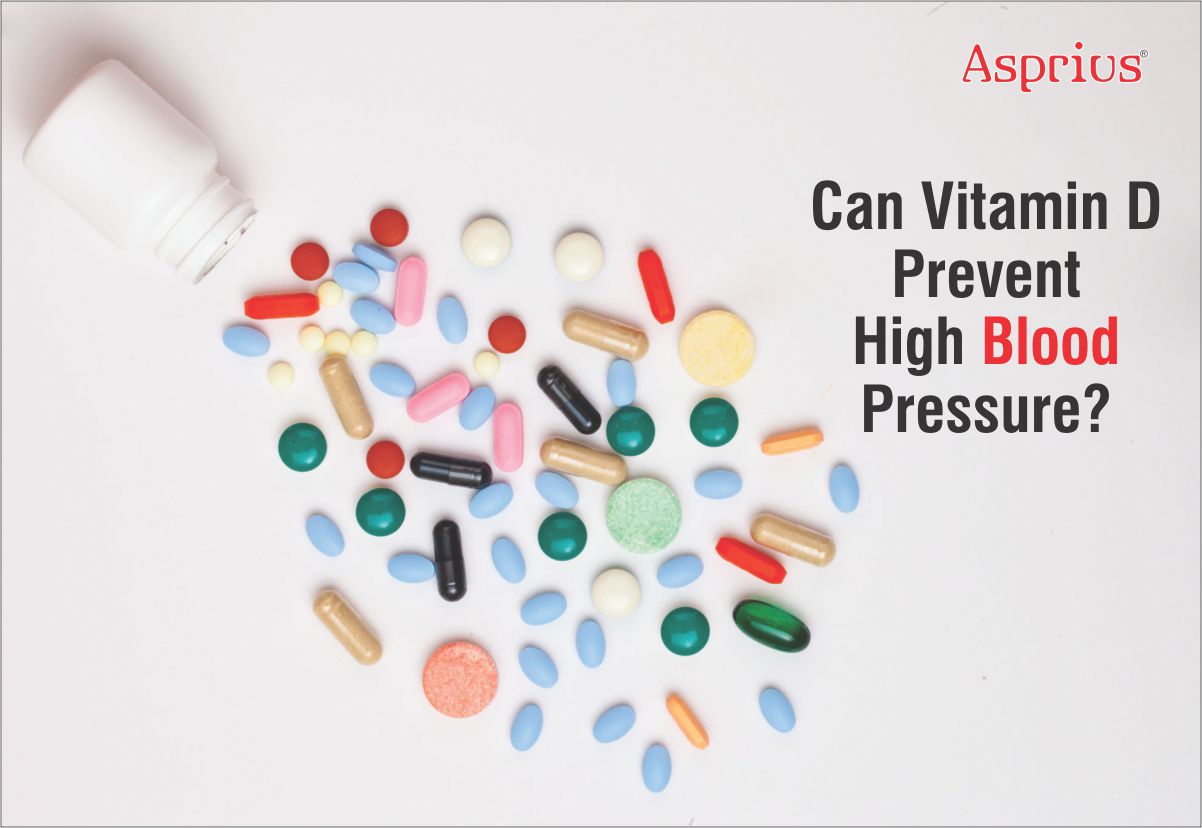ASPIVIT-D3 CHEWABLE TABLET

Leading Pharmaceutical consultant and editor-in chief of IJMToday

DESCRIPTION
Cholecalciferol, also called as vitamin D3, is produced naturally by ultraviolet irradiation of the provitamin, 7-dehydrocholesterol (a precursor of vitamin D) in the skin. Absorbed cholecalciferol requires metabolic activation. The circulating vitamin undergoes hydroxylation in the liver with the help of the enzyme, vitamin D 25-hydroxylase to form 25-hydroxycholecalciferol (calcidiol), which is the predominant circulating metabolite. Further hydroxylation in the kidneys (in response to need for phosphorus and calcium) forms 1,25-dihydroxycholecalciferol (calcitriol) with the help of 1alpha-hydroxylase. Calcidiol possesses some intrinsic activity, but calcitriol is the most active vitamin D metabolite with respect to initiating intestinal transport of calcium and phosphate and mobilizing calcium from bone. Calcitriol may prevent phosphaturia by inhibiting parathyroid hormone secretion. Conversion to calcitriol is stimulated by the parathyroid hormone, as well as decreases in serum inorganic phosphate levels. Reduced renal conversion of calcidiol to calcitriol contributes to altered calcium haemostasis and osteodystrophy in uraemia.
PHARMACOLOGY
Absorption Vitamin D substances are well absorbed from the gastrointestinal tract. The presence of bile is essential for adequate intestinal absorption; absorption may be decreased in patients with decreased fat absorption.
Distribution Vitamin D and its metabolites circulate in the blood, bound to a specific alpha-globulin. Vitamin D can be stored in adipose and muscle tissue for long periods of time. It is slowly released from such storage sites and from the skin where it is formed in the presence of sunlight or ultraviolet light. Cholecalciferol has a slow onset and a long duration of action.
Metabolism Cholecalciferol is converted in the liver by hydroxylation to the active form 25-hydroxycholecalciferol. It is then further converted in the kidneys to 1,25-dihydroxycholecalciferol. 1,25-dihydroxycholecalciferol is the metabolite responsible for increasing calcium absorption. Vitamin D that is not metabolized is stored in adipose and muscle tissues.
Excretion Vitamin D compounds and their metabolites are excreted mainly in the bile and faeces, with only small amounts appearing in urine. There is some enterohepatic recycling but it is considered to have a negligible contribution to vitamin D status. Certain vitamin D substances may be distributed into breast milk.
INDICATIONS
In the treatment and prevention of vitamin D deficiency
DOSAGE & ADMINISTRATION
As directed by the dietician or physician.
PRESENTATION
ASPIVIT-D3 Chewable Tablets is available in pack of 10.
The advantages of chewable tablets include palatability, stability, precise dosing, portability and ease of delivery. The available literature suggests that chewable tablets provides a safe, well-tolerated alternative to traditional pediatric drug formulations and offer significant advantages in children with two years of age and above. It is concluded that the available literature suggests that chewable tablets provide a safe, well-tolerated alternative to traditional pediatric drug formulations and offer significant advantages in children 2 years of age and older.




